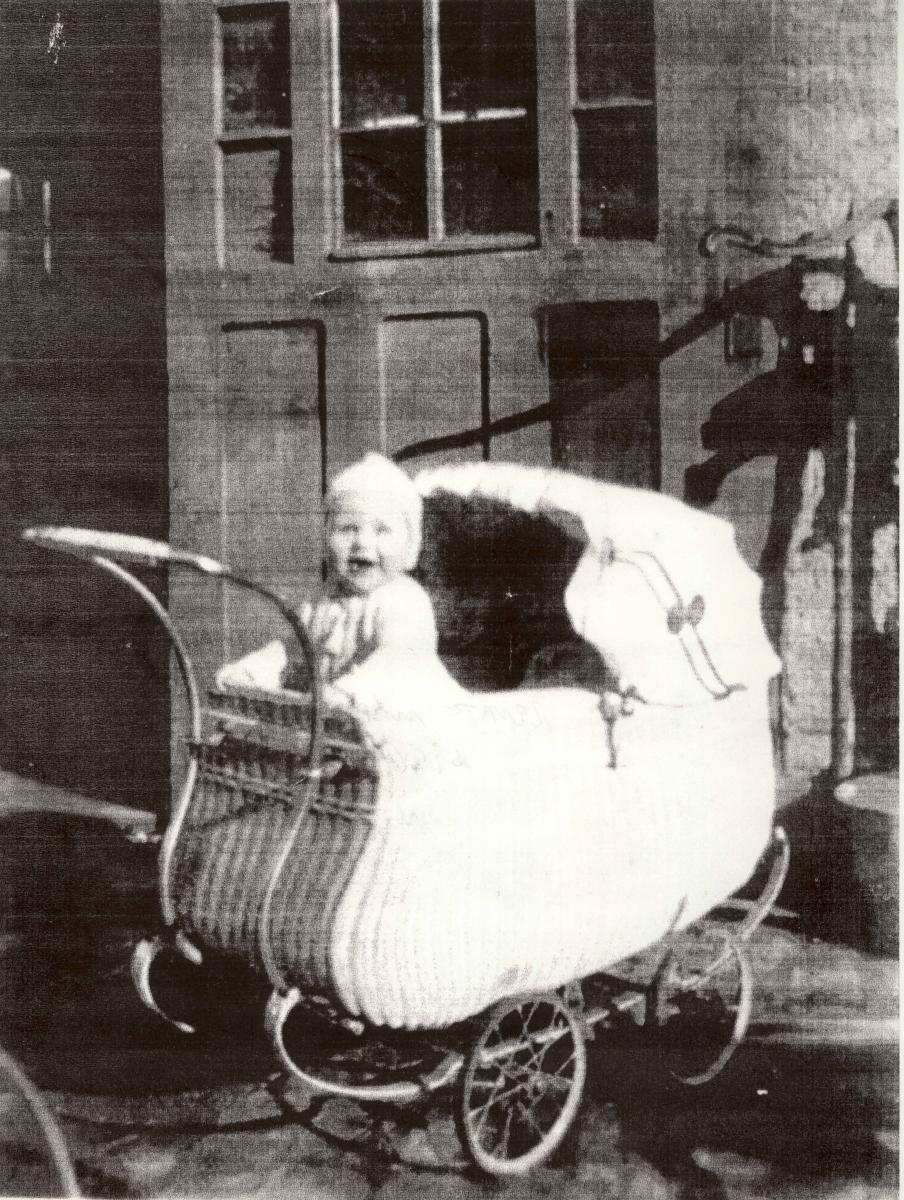Naumburg Branch, Leipzig District
Roger P. Minert, In Harm’s Way: East German Latter-day Saints in World War II (Provo, UT: Religious Studies Center, Brigham Young University, 2009), 352-4.
Old, small, and historic, the city of Naumburg was the home to a very small branch of Latter-day Saints as World War II approached in 1939. With only twenty-seven members, the branch nevertheless had a place of its own in the Grosse Marienstrasse 5–6. The rented rooms were located in the second Hinterhaus.
| Naumburg Branch[1] | 1939 |
| Elders | 0 |
| Priests | 0 |
| Teachers | 3 |
| Deacons | 1 |
| Other Adult Males | 3 |
| Adult Females | 17 |
| Male Children | 1 |
| Female Children | 2 |
| Total | 27 |
Gustav Mudrow was born in Kreuz in Pomerania. He was drafted and chose to serve in the German air force. Assigned to the central Luftwaffe headquarters on Wilhelmstrasse in Berlin, he became a member of the Schöneberg Branch. While in Berlin, he met and married Else Focker, a native of the capital city, in 1941.[2]
During the next few years, Gustav served in the Soviet Union, North Africa, and France—seeing more of the landscapes of the war than most men. By 1944, conditions in Berlin had become so insecure that he had his wife leave the city and move into the home of her grandparents in the town of Gebstedt in Thuringia (about twenty miles east of Erfurt). By doing so, she became a member of the branch in Naumburg, about twelve miles distant.
The war was for all practical purposes over in Thuringia in April 1945. Nevertheless, the locals were still cautious, wondering how the conflict would end in their vicinity. The American army was just a few miles from Gebstedt when an incident occurred that could easily have ended the life of an infant. Gustav Mudrow’s daughter, Renate, was just eleven months old when Else put her in the stroller for a few moments in the sun.
The stroller stood in the small courtyard between the family home and Sister Mudrow’s father’s workshop. Else was working in the kitchen when she heard the sound of an airplane. Because most Germans had sufficient experience to associate specific sounds with specific aircraft, she knew that a fighter plane—an enemy aircraft—was approaching very low. There were no military targets in the small town, but enemy pilots were looking for ways to disrupt the lives of civilians.
Else Mudrow ran out the door to bring her daughter into the house at precisely the moment the fighter plane began to fire. Fifty-caliber bullets tore across the courtyard and struck the stroller, tearing it in half. Little Renate tumbled out onto the cobblestones—totally unscathed. More bullets buried themselves in the ground and pierced the wall of the grandfather’s workshop.
A few days after this near miss, the American army arrived. Soldiers moved into the home of Else’s grandparents and stayed there for two months. On July 1 they moved out and were replaced by Soviet occupation forces.
 Little Renate Mudrow in her stroller just days before it was torn in half by bullets from a fighter plane (R. Mudrow Buttars)
Little Renate Mudrow in her stroller just days before it was torn in half by bullets from a fighter plane (R. Mudrow Buttars)
Before the year 1945 ended, Gustav Mudrow was released as a prisoner of war and joined his family in Gebstedt. He had nearly lost his leg to a frightful wound but convinced the surgeons that he could be healed—as he was. From Gebstedt, the Mudrows enjoyed making the trip to church, walking about two miles to the railroad station in Tromsdorf and riding the train about twenty miles to Naumburg.
As of this writing, no other eyewitnesses in the Naumburg Branch have been located.
No members of the Naumburg Branch are known to have died during World War II.
Notes
[1] Presiding Bishopric, “Financial, Statistical, and Historical Reports of Wards, Stakes, and Missions, 1884–1955,” CR 4 12, 257.
[2] Renate Mudrow Buttars, interview by the author, Ogden, Utah, May 30, 2006.
